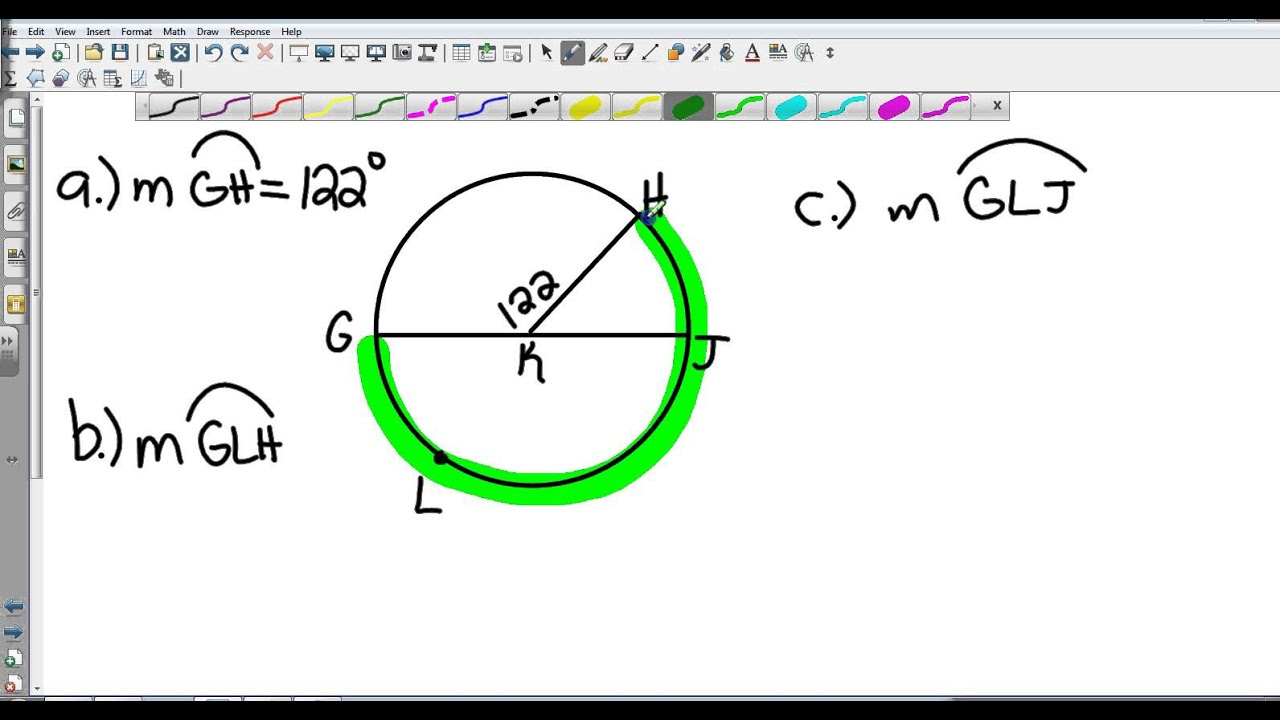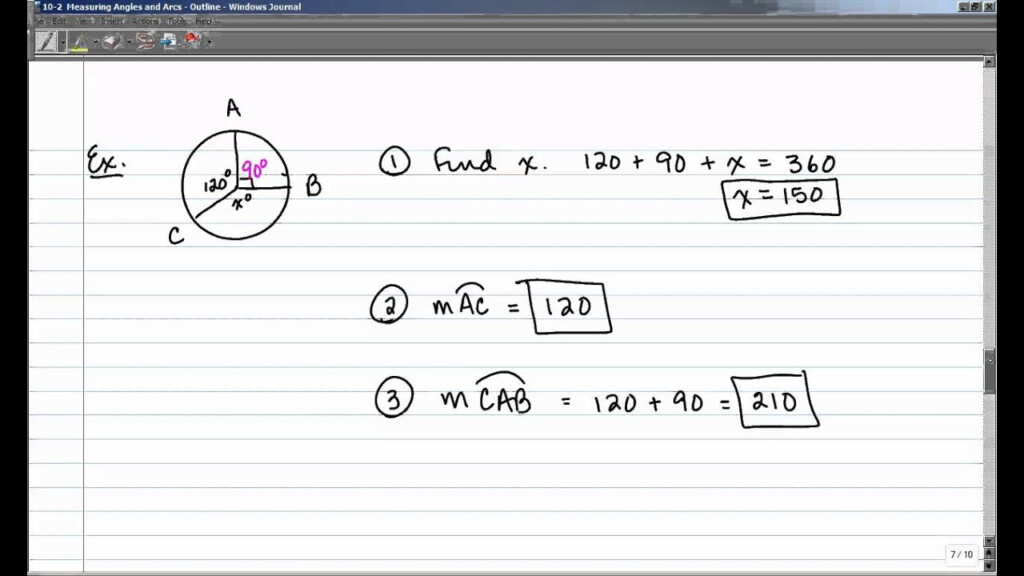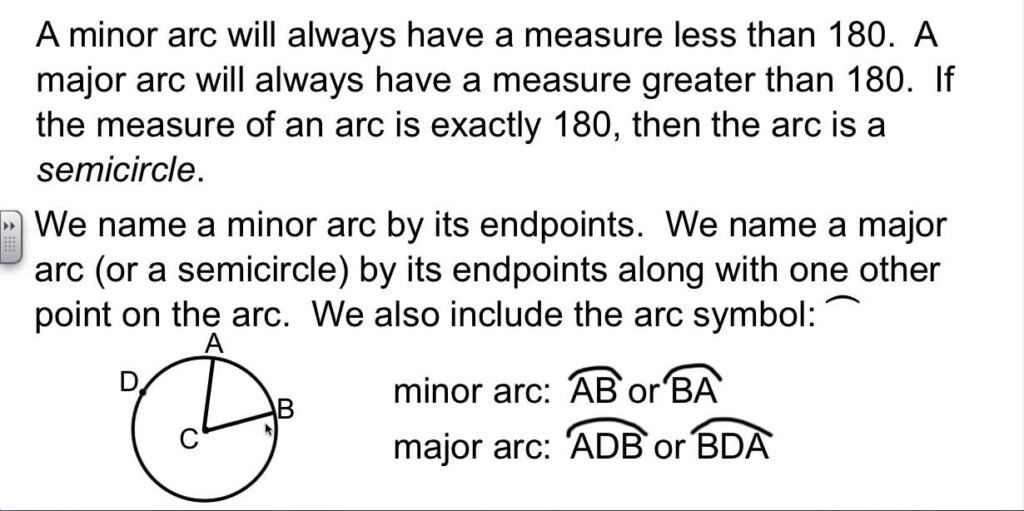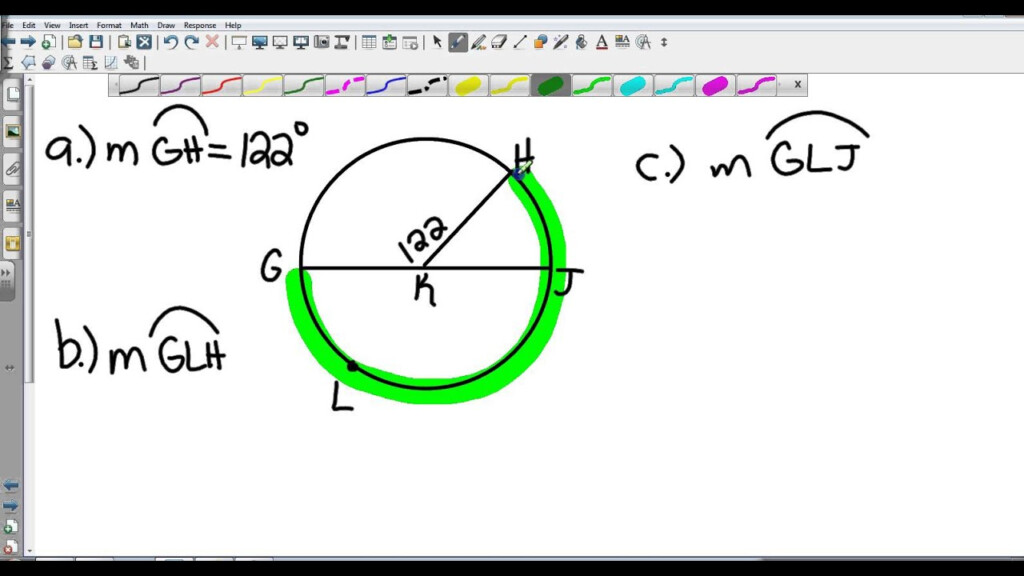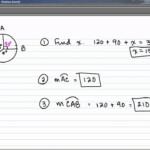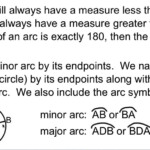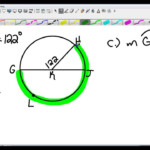Geometry 10 2 Worksheet Measuring Angles And Arcs – Use free printable Measure Angle Worksheets to practice measuring angles. These worksheets will teach you how to use a ruler and help you avoid making mistakes. They also include tips to make measurements easier. For example, you can use a protractor to measure an angle that looks right, but is actually obtuse or acute. Use your protractor to estimate angles, and write the angles on the worksheet so that you can easily find them later.
Free printable measuring angles worksheets
Free printable measuring angles worksheets can be a valuable tool for elementary school students to help them learn about angles. They include lessons on how to measure angles and classify them, as well as measuring angles in clocks and polygons. These worksheets can be used with a protractor, and are designed for use in 4th and 5th grade math classes. Students can also practice reading a protractor’s inner scale.
Once students understand the concept of measuring angles, they should complete additional activities to gain a deeper understanding of them. Students can draw quadrilaterals and triangles based on their length. If this is difficult for them, a tutor can suggest a PDF measuring angles worksheet.
A protractor can be used by students to practice measuring angles. The midpoint of the protractor should be placed on the vertex of the angle. When the protractor lines up with the zero line, one side will be the angle, and the other side will be the angle’s degree. To practice using a protractor, students can download and print a free printable measuring angles worksheet.
When learning to measure angles, protractors can be very helpful. Protractors come in many forms, including round, semi-circular, and 360-degree versions. Protractors are easy to use and help students learn angles better.
Measure angles using a protractor
Learning how to measure angles with a protractor can be challenging. A protractor is used to measure parts of a circle, and its design is based on the angle of the circle. These steps will help you to use a protractor to measure angles.
Two scales are displayed on a protractor. One is for 0 degrees, the other 180 degrees. You can also see the angle at the opposite end in degrees. To use a protractor to measure an angle, first you must classify the type of angle. An acute angle needs a scale that measures more than 90 degrees, while an obtuse angle needs one that is less than 90 degrees.
A standard protractor has two scales: an inner scale for acute angles and an outer scale for obtuse angles. The protractor must have the vertex of your angle at the protractor’s midpoint in order to be used properly. After this, the protractor will automatically align one side of your angle with the zero line. Next, measure the angle to get the closest degree.
When learning how to measure angles with a protractor, it is important to be precise and accurate. Even the slightest difference can change the answer. It is important to practice as often as you can. There are many free worksheets available online that can help you master these skills.
Avoid angles that aren’t right
Angles that aren’t quite right can cause problems. This is because they create a discontinuity in the traced signal integrity. The corner of an acute angle contains more copper, and the impedance is suddenly changed. This change can lead to resonant circuits. This is why angles that aren’t quite right aren’t recommended.
